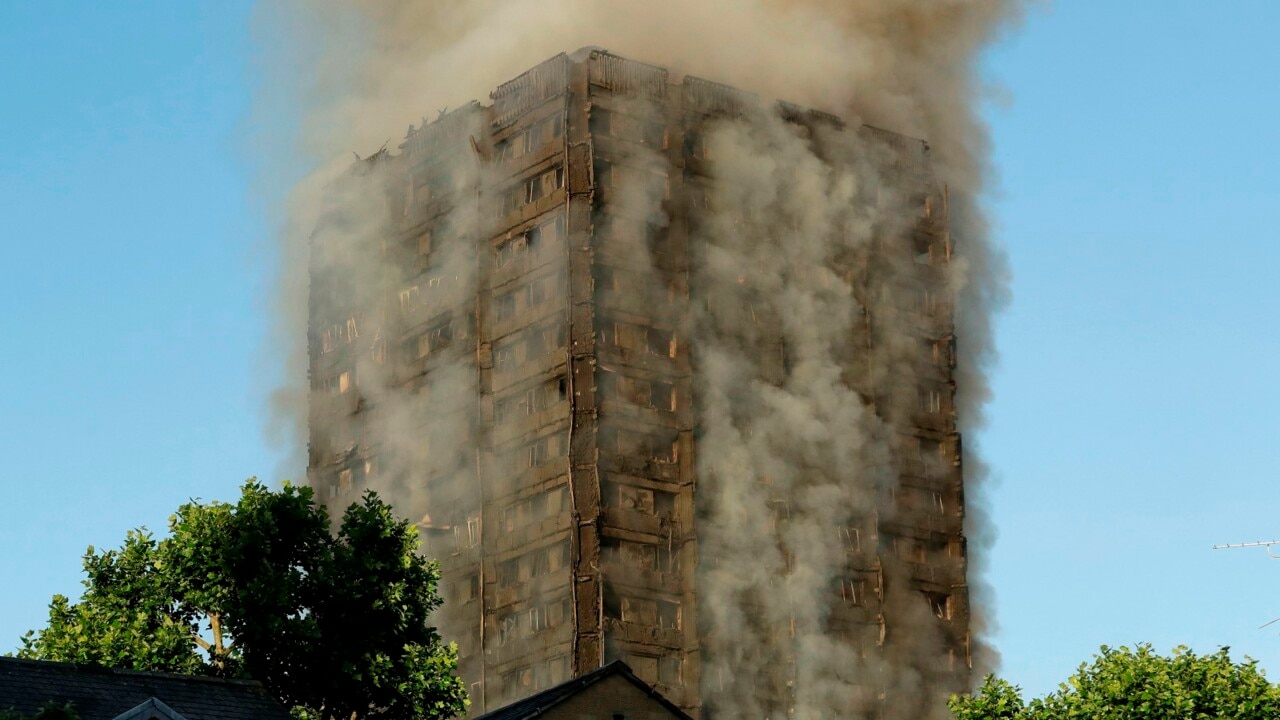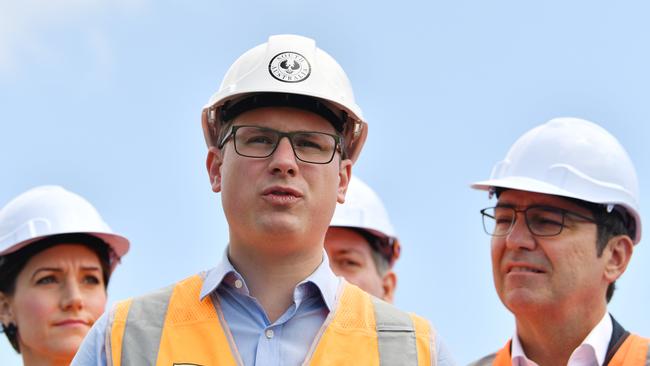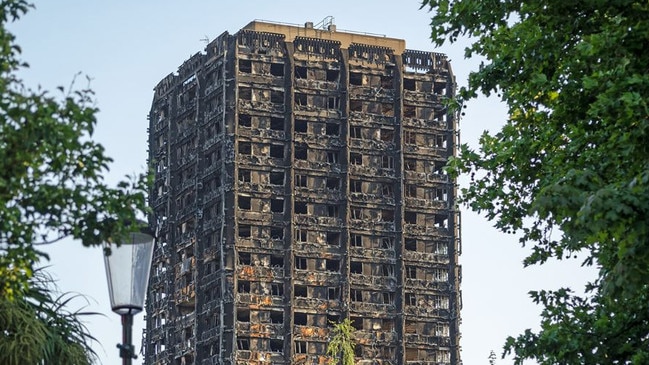Works to remove flammable cladding from SA buildings continues, but many buildings still remain a high risk
Planning Minister Stephan Knoll says progress has been made to reduce the risk of flammable cladding on 30 privately owned buildings in SA. But almost half still incorporate worrying levels of the volatile material.

SA News
Don't miss out on the headlines from SA News. Followed categories will be added to My News.
- Dozens of SA buildings have high-risk levels of flammable cladding
- SA buildings with dangerous cladding to be kept under wraps
- How to get the most out of your Advertiser digital subscription
A dozen clad buildings across the state remain dangerously “wrapped in petrol”, new figures reveal.
Three privately-owned buildings are rated an extreme risk, and a further nine a high risk from flammable cladding.
Six months after an interim audit report prompted by the fatal Grenfell Tower fire in 2017 was released, Planning Minister Stephan Knoll says 18 buildings have had their risk levels downgraded.
The latest figures obtained by The Advertiser show the remedies on the clad-dozen are at varying stages.
Work has commenced on two high-risk properties, while councils continue to engage with the other building owners.
“Strong progress has been made and the number of high or extreme buildings is a fraction of what it was last year,” Mr Knoll said.
“Like many workplaces, councils are grappling with the effects of COVID-19 and we will continue to work with them to ensure rectification works are undertaken within the recommended 12-month time frame.”

The building industry this month welcomed a Federal Government response to an inquiry into nonconforming building products, which supported a push to investigate international approaches.
A nationally consistent approach that increases accountability for participants across the supply chain was also backed by the government.
Master Builders Association SA spokesman Will Frogley said although nonconforming products were a far greater problem in the eastern states, South Australians must be confident the industry can deliver compliant, safe buildings that meet expected quality standards over the long term.
“The appropriate use of building products is regulated by the states and territories, but strong monitoring of the safety and quality of products being imported into Australia is extremely important,” Mr Frogley said.
It wants professional development for the sector to increase the competency of practitioners and reduce litigation.

The peak building group on Monday launched a national campaign proposing measures to stimulate the building sector, including funding for cladding rectification and asbestos and removal.
Analysis from Ernst and Young revealed a $116 million investment in rectification works would create at least 920 full time SA jobs.
SA Best MLC Frank Pangallo has backed the plan and will next week reignite a push for the building locations to be revealed.
“What they are is wrapped in petrol, and people living and working in them have a right to know,” he said.
The building sector remains concerned about rising professional indemnity insurance premiums, sparked by the risks from flammable cladding.
Insurance Council Australia spokesman Campbell Fuller said the compulsory insurance remained necessary for building industry professionals.
It wants regulatory change across all states that would “fairly distribute the liability for building construction”, including for those who design, project manage, supply, construct and finally those who then survey or certify.

